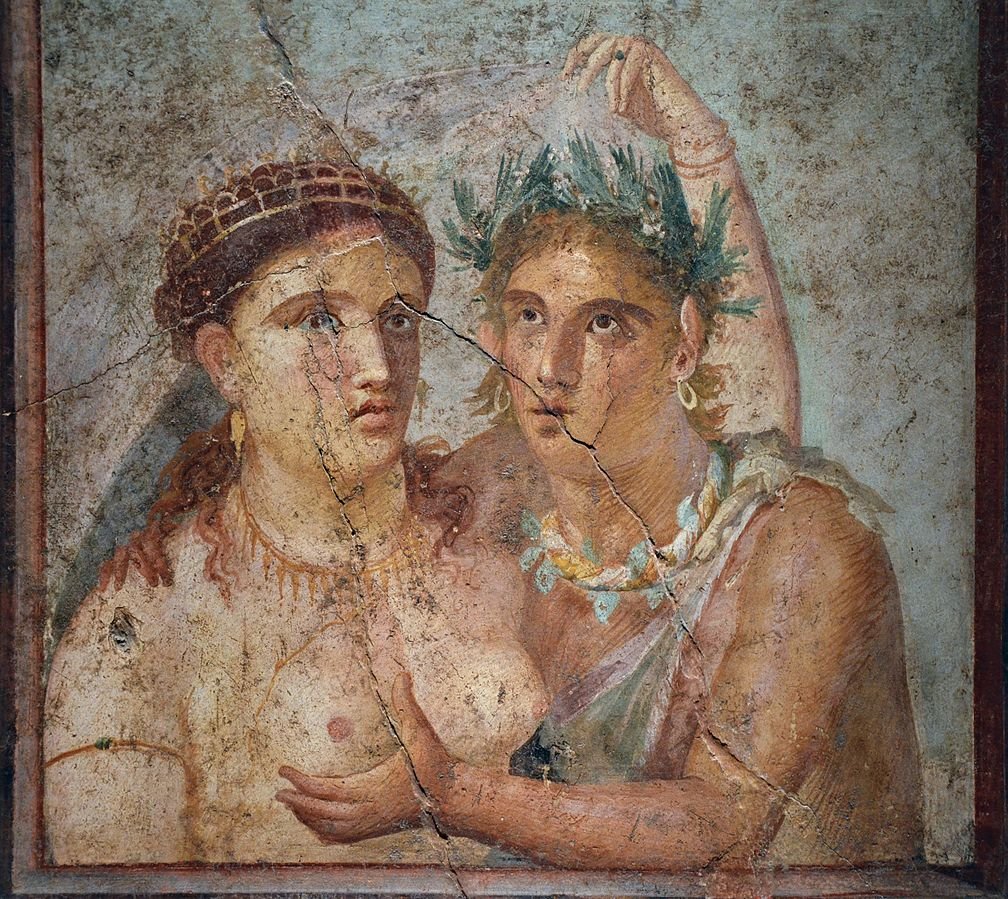History of Piercing: Part 1 - Ears
Ear piercing isn't just a modern fashion statement; it's a practice deeply rooted in history, with evidence spanning ancient civilizations and cultures worldwide. Let's embark on a journey through time to explore the rich heritage behind this timeless tradition.
Tutankhamun death mask with stretched lobes, c. 1324 BCE
Dating back thousands of years, ear piercing has been documented in various forms across diverse cultures. Archaeological finds, such as mummified bodies, offer compelling evidence of its early existence. For instance, Ötzi the Iceman, discovered in Italy, boasted a stretched ear piercings dating back 5,300 years. Similarly, earrings found in graves in Sumerian Ur, dating to 2500 BCE, attest to the antiquity of this practice.
Earrings from the Royal Cemetery at Ur, c. 2500 BCE
References to ear piercing are also found in religious texts and mythology. In the Bible, earrings are mentioned in Genesis and Exodus, and even prescribed for slaves in Deuteronomy. Hindu scriptures, such as the Vedas, reference earrings in association with deities like Lakshmi.
Across continents, ear adornment signified various social and cultural meanings. Among the people of ancient Egypt, they symbolized status, often crafted from gold and gemstones while the Greeks and Romans adorned themselves with intricate earrings, reflecting their artistic and aesthetic sensibilities.
Fresco from the House of Caecilius Jucundus in Pompeii, c. 60 AD
In Europe, ear piercing saw fluctuations in popularity over the centuries. While earrings fell out of fashion during certain periods, they resurged in prominence, particularly during the Renaissance and Elizabethan eras. Notably, men of stature, including Shakespeare and Charles I of England, sported earrings as symbols of wealth and status.
Chandos Portrait of William Shakespeare, c. 1605 AD
Sailors and explorers of the Middle Ages adopted ear piercing for practical reasons, believing it enhanced vision and ensured payment for a proper Christian burial if they perished at sea.
Despite evolving trends, ear piercing has endured as a cultural and personal expression, transcending time and societal norms. Today, it remains a ubiquitous form of body adornment, reflecting individual style and heritage.
More info on our piercing services can be found at https://redtowertattoos.com/piercings or you can contact us at contact@redtowertattoos.com




